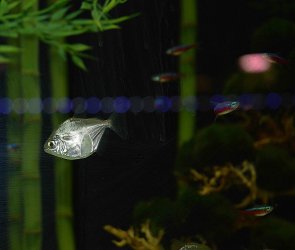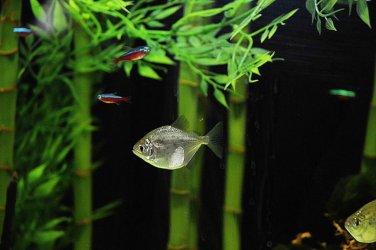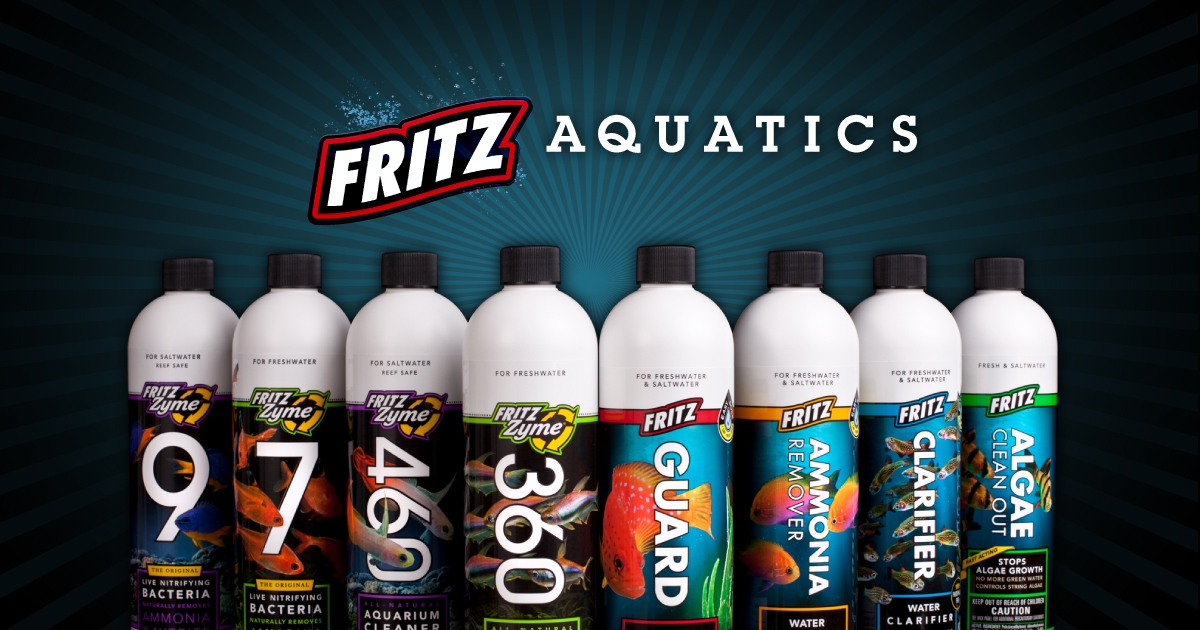dasaltemelosguy
New Member
I must admit, I've never seen anything like this but perhaps I was just lucky before! It was a fully cycled, 75G tank that had an adult population of EBAs and some plecos. It had been running without incident for many months. We moved the EBAs as this was for their grow-out and put 50 cardinals and 13 very small silver dollars, (more like dimes) as they are quite young and small at present.
The cardinals started dropping dead at a rate of 2-3/day just a day after being introduced to this tank. It was the oddest thing in that they looked beautiful and were active and eating with vigor. They would eat and literally drop dead minutes afterward. Not a blemish or indicator I can see so I assumed I injured them with improper acclimation.
That stopped and I thought, it was over with. It's been 7 days and the cardinals have not seen a death and I was seeing 2-3/day 'drop out of the sky' if you will. They are active, nice round bellies, great color and even growing a bit.
Then this started. I had 13 (very) juvenile Silver Dollars growing out with them in a 75G. Very small guys, no bigger than the cardinals when I got them 2 weeks ago. They just started dropping dead like the cardinals.
However unlike the cardinals, there are visible issues at hand on the Dollars.
Symptomatically, I see nothing. They swim around and seem relaxed as Silver Dollars go. They swim, together and in schools, they eat voluminously, and they've clearly grown since I got them only 2 weeks ago. Not shy, they excitedly come to the top when they see you. It looks like all is well.
All of a sudden, 2 days ago, they started dropping dead like the cardinals did a week ago. With the Dollars I find a dead one every day but I saw no signs of distress nor illness until 2 days ago.
I've been keeping fishes since the 1970s and this is the first time I've encountered what appears as active, healthy fishes seemingly dropping dead without any symptoms. Like I said, perhaps I've been lucky in that ich was the worst disease I've ever encountered with fishkeeping until now!
Would you mind taking a look and giving me your opinions on what this might be? I have started a Nitrofurazone/Kanamycin treatment 2 days ago when I saw this as it seems like columnaris but I've never seen it before so I'm very much uncertain as to what's wrong.
On the tank, it's long been cycled, ammonia=0, nitrites=0, PH=7.4 and nitrates are 5ppm. It's a 75G planted tank with now, 20 cardinals and 10 Silver Dollars about the size of a dime at present, hence the lack of nitrates.
It was serving as both a grow-out for the Dollars and a QT for the entire bunch. Any advice on what this might be would be most welcome! Thanks all.
The cardinals started dropping dead at a rate of 2-3/day just a day after being introduced to this tank. It was the oddest thing in that they looked beautiful and were active and eating with vigor. They would eat and literally drop dead minutes afterward. Not a blemish or indicator I can see so I assumed I injured them with improper acclimation.
That stopped and I thought, it was over with. It's been 7 days and the cardinals have not seen a death and I was seeing 2-3/day 'drop out of the sky' if you will. They are active, nice round bellies, great color and even growing a bit.
Then this started. I had 13 (very) juvenile Silver Dollars growing out with them in a 75G. Very small guys, no bigger than the cardinals when I got them 2 weeks ago. They just started dropping dead like the cardinals.
However unlike the cardinals, there are visible issues at hand on the Dollars.
Symptomatically, I see nothing. They swim around and seem relaxed as Silver Dollars go. They swim, together and in schools, they eat voluminously, and they've clearly grown since I got them only 2 weeks ago. Not shy, they excitedly come to the top when they see you. It looks like all is well.
All of a sudden, 2 days ago, they started dropping dead like the cardinals did a week ago. With the Dollars I find a dead one every day but I saw no signs of distress nor illness until 2 days ago.
I've been keeping fishes since the 1970s and this is the first time I've encountered what appears as active, healthy fishes seemingly dropping dead without any symptoms. Like I said, perhaps I've been lucky in that ich was the worst disease I've ever encountered with fishkeeping until now!
Would you mind taking a look and giving me your opinions on what this might be? I have started a Nitrofurazone/Kanamycin treatment 2 days ago when I saw this as it seems like columnaris but I've never seen it before so I'm very much uncertain as to what's wrong.
On the tank, it's long been cycled, ammonia=0, nitrites=0, PH=7.4 and nitrates are 5ppm. It's a 75G planted tank with now, 20 cardinals and 10 Silver Dollars about the size of a dime at present, hence the lack of nitrates.
It was serving as both a grow-out for the Dollars and a QT for the entire bunch. Any advice on what this might be would be most welcome! Thanks all.








